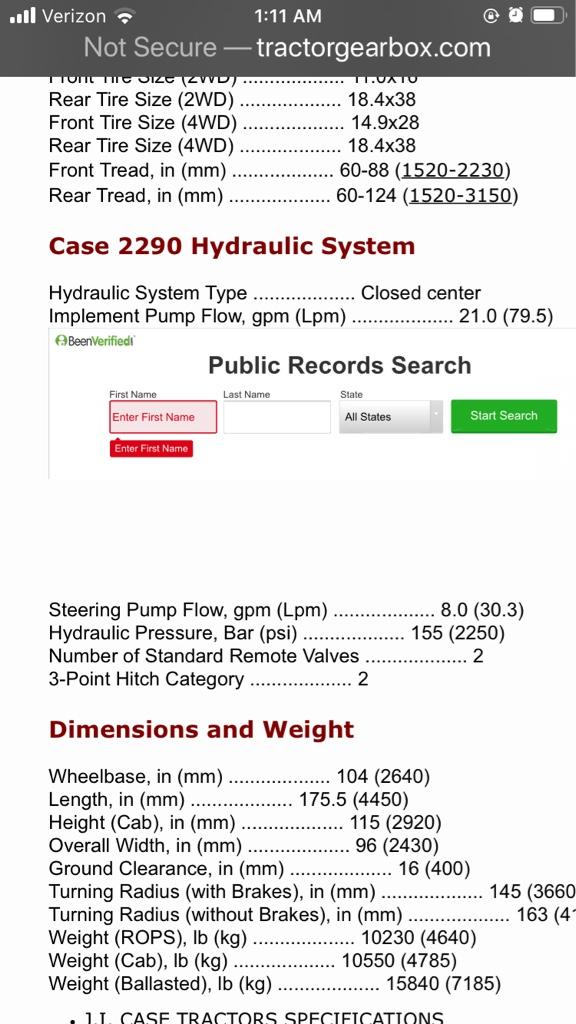Sure. Look at our atmosphere for a good example. Fairly 'unconfined' except by the surface of the Earth and the Earth's gravitational field. But there's pressure through the atmosphere from gravity. And because we have solar heating the atmosphere and bodies of water (plus the Coriolis effect and the moving, relative to Earth, gravitational field of the moon), we have all kinds of pressure gradients causing wind and weather.
Pressure gauges can read in "PSIG" and "PSIA" just for this reason. We read in PSIG because it's a little easier to understand.



























































